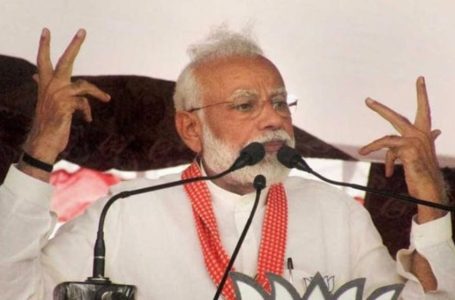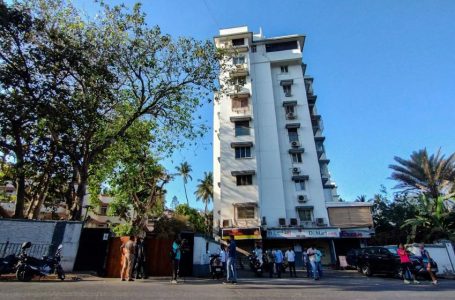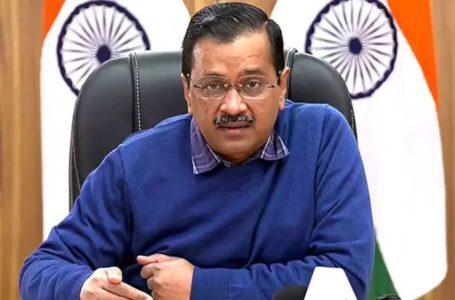India’s RBI Governor Going Through A Tough Phase
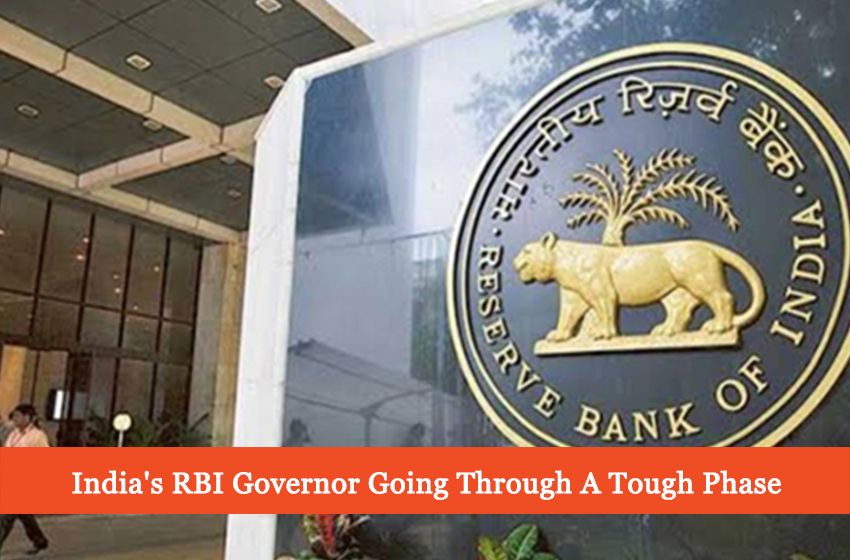
As soon as Shaktikanta took charge of India’s central bank governor almost a year ago, he finished his 18th-floor office facing the Arabian Sea with two icons of Lord Jagannath. Lord Jagannath is a form of the God Vishnu.
Honoured in Das’s mother Odisha state, Jagannath is pictured with generous, eyes that are always viewing over the benefit of devotees.
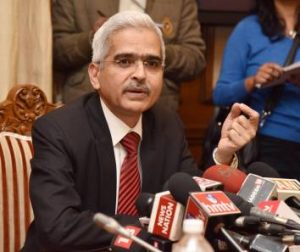
India’s RBI Governor Going Through A Tough Phase
Das, managing the world’s fastest-growing major economy, has strived tirelessly to rebuild relationships with the state after a severe public quarrel led his forerunner Urjit Patel to vacate. Moreover, co-workers say Das habitually tucks documents under his arms to work even at home.
He has given a substantial share to the finance ministry, twirled into incentive mode and supported bank lending constraints — each of which Patel opposed in front of state pressure.
Read Also: Indian Cotton Exporters Desire Trade Ties With Pakistan
However there is still enough to do: the economy is suffering on numerous fronts, the business sector continues to weigh with one of the world’s most critical bad-debt pressures and the government’s financial objectives are shifting by the day.
Das’s speaking skills have aided in developing a relationship with the state. The two parties no longer fight in public and rather fix problems privately, finance ministry officials said.
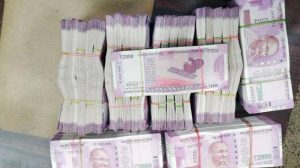
The Reserve Bank of India
A recent case being the central bank’s doubt toward the finance ministry’s recommendation for what would have been India’s first overseas sovereign bond matter. The recommendation, which also faced with resistance from within Prime Minister Narendra Modi’s own party, has been suspended.
The Reserve Bank of India has an exceptionally large role in the country’s economy. Das is liable for monetary policy, an exchange rate that is considered low, controlling banks that carry one of the world’s largest bad-debt pressures and trading bonds the state relies on to finance its deep shortfalls.
The situation of Shashikant Das is quite tough as he has to revive the dwindling economy. Besides he has to take steps in accordance with the government’s policy, definitely the governorship of RBI is not a bed of roses.
Conflicts and juggles
Amartya Lahiri, Royal Bank Professor of Economics at the University of British Columbia, who was selected during Patel’s time to begin the RBI’s inside policies said, “Some of the functions that the RBI juggles with are in conflict.” She added, “This isn’t ideal if one has to build a credible and independent institution.”
Das, selected on Dec. 11 for a three-year term. In one of his primary resolutions published in early January, he directed banks to restructure credits given to small and medium-scale businesses, thus separating from a five-year-old plan of abstaining corporate debt services.
In February, in his first meeting of the six-member financial policy board that he chairs, Das coupled with three other members chose for a 25 basis point interest-rate cut. And, Das began the policy for more cuts and said encouraging growth was the foremost priority of the central bank.
Das also noticed the state’s call for greater shares, paying a record $24 billion to state in August. However the RBI’s vault is not infinite and at some time in the future, Das may have to ignore any more demands.
Das is also the manager of the exchange rate, and its supervision has in the past provoked state officials and the export community, which complained about several monetary policies.
Das has promised investors that another large-scale failure will not be allowed in the banking sector. The RBI has requested more sweeping powers over non-bank finance firms.
Das is going through a tough face, the responsibility of Indian economy significantly lays on his shoulder.

